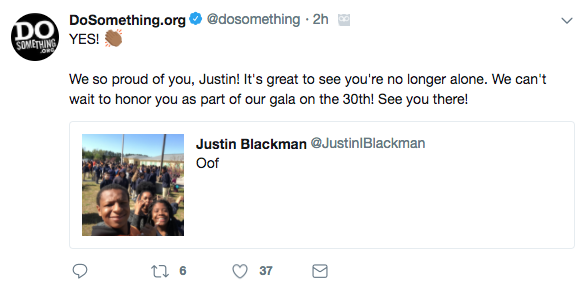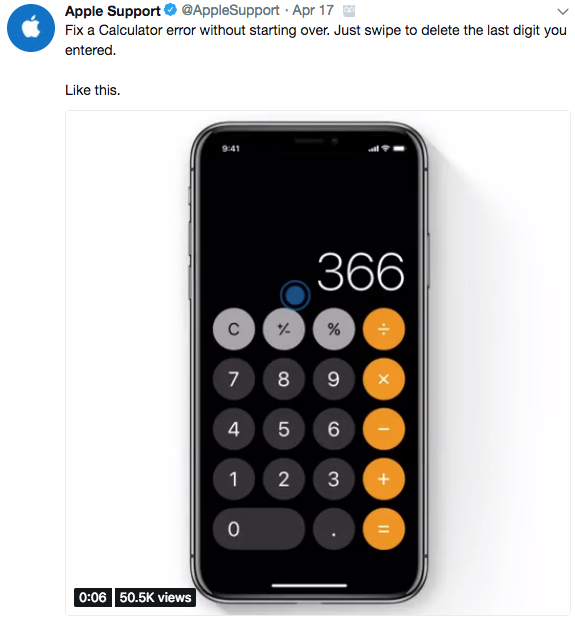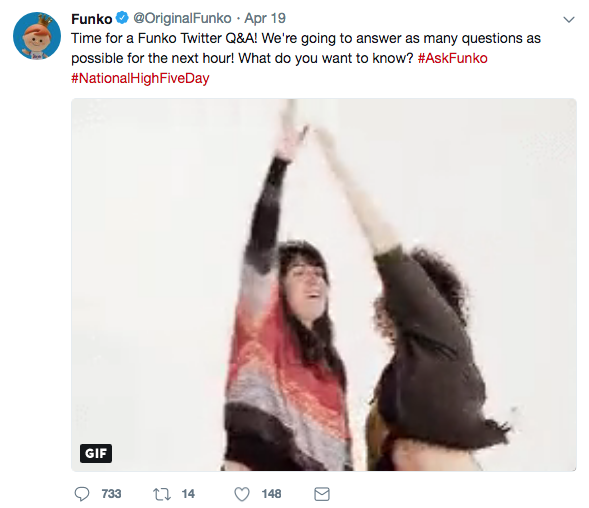What is a social media audit?
Don’t let the word “audit” intimidate you. A social media audit is simply an analysis of your social media profiles undertaken to determine what parts of your social media marketing strategy are and are not working. You look at all of your social media accounts and profiles to figure out what strategies you should keep, what you should stop, and what you can improve. It’s not so much an audit as it is a check-in, really.
Why do I need one?
Here’s a better question: Does your company want to waste time, energy, and money on an ineffective marketing strategy? The answer is probably no. You need to periodically check your brand’s social media profiles to make sure each is still doing what you want it to do. This will also be a good time to find and delete any profiles you no longer use. Here a just a few of the many reasons you should audit your social media presence.
1. It’s an opportunity to clean up your online presence.
Think of your audit like cleaning out your garage: when you’re trying to reorganize and optimize the space you have, you find a lot of things you’d forgotten existed. Are you using all of your social media accounts? You might be surprised to discover that you have profiles on social media platforms you have not visited in years. Are you still paying for advertising on any platforms? You can delete profiles that are no longer beneficial to your social media marketing strategy.
2. You can check out your profiles.
A social media audit will allow you to look at the whole of your social media presence. You can see which profiles are up to date and which ones need to more current information. Use the audit to check out all of your social media profiles at once, so that you can edit and augment each as needed. Compare this to the piecemeal approach, where you vow to update your profiles when you remember, only to postpone the updates for when you actually have the time. With a scheduled social media audit, you can make the time.
3. You can revise your strategy.
This is where the more technical aspects of auditing come into play. After you’ve weeded out the unnecessary profiles, you can make adjustments to the necessary profiles. Use each platform’s built in analytics tool to determine what content gets the most traction. You can also see data like busy times for your sites, customer demographics, and more. You can get as broad or as specific as you like.
4. This is a chance to gauge your competition.
You should take a look at your competitors’ social media pages as you audit your own. What are they doing that you are not? Does one competitor have more customer engagement than your brand? What type of posts are most popular for them? Are they following any industry-wide trends that you’ve ignored? Ignoring trends you’ve followed? Comparing your strategy to your competitions’ is yet another good way to learn what you’re doing right and what you’re doing wrong.
5. It’s a way for you to learn more about your customers.
As you gain insights into your competition (and thus your industry overall), you can also peek into the minds of your audience. Do they respond to one form of content more consistently than another? You could be wasting your time posting videos when your customers flock to blogs or vice versa. This is yet another benefit of looking at the big picture: you can see your marketing from a holistic point of view.
If you have even one social media profile (of course you do–you have no excuse not to be on social media), then you stand to benefit from a social media audit. Now that you understand why audits are so important, you should be eager to get started. We’ll discuss how to perform a social media audit for your company or brand in our next blog post.
Would you like to learn more about optimizing your social media marketing? We can help!
Read More





















